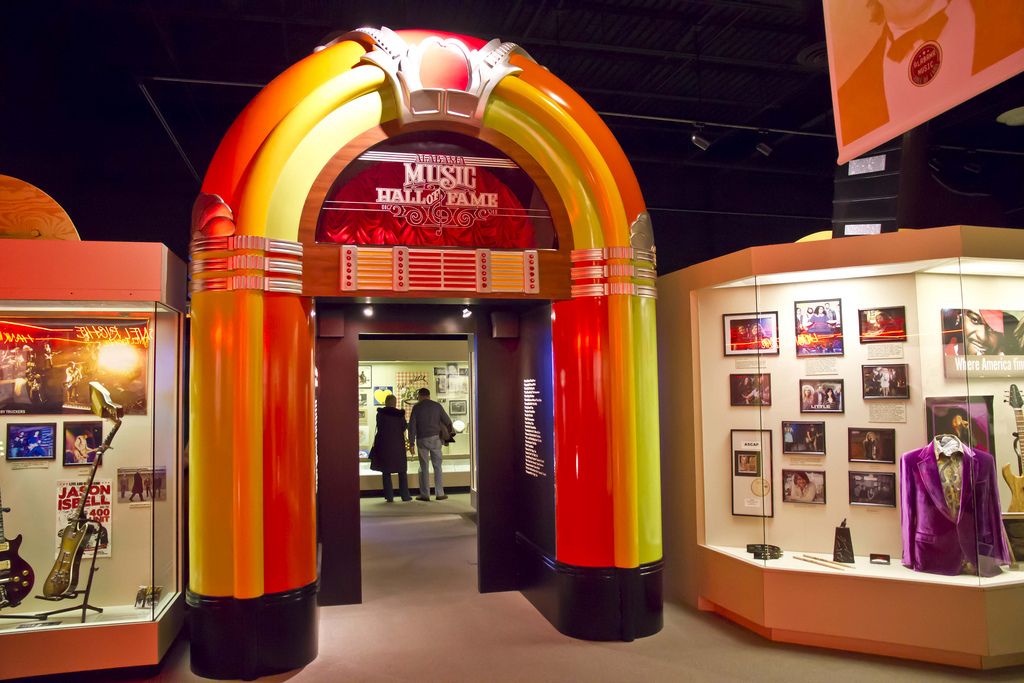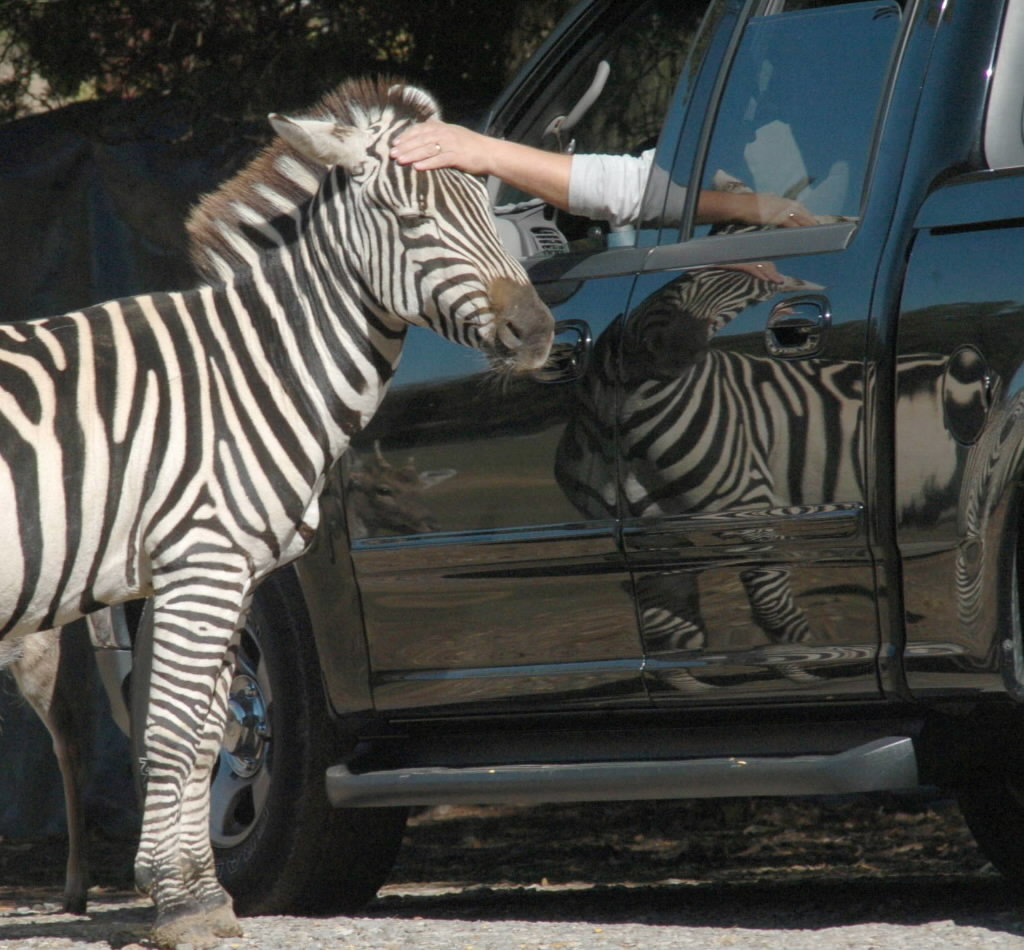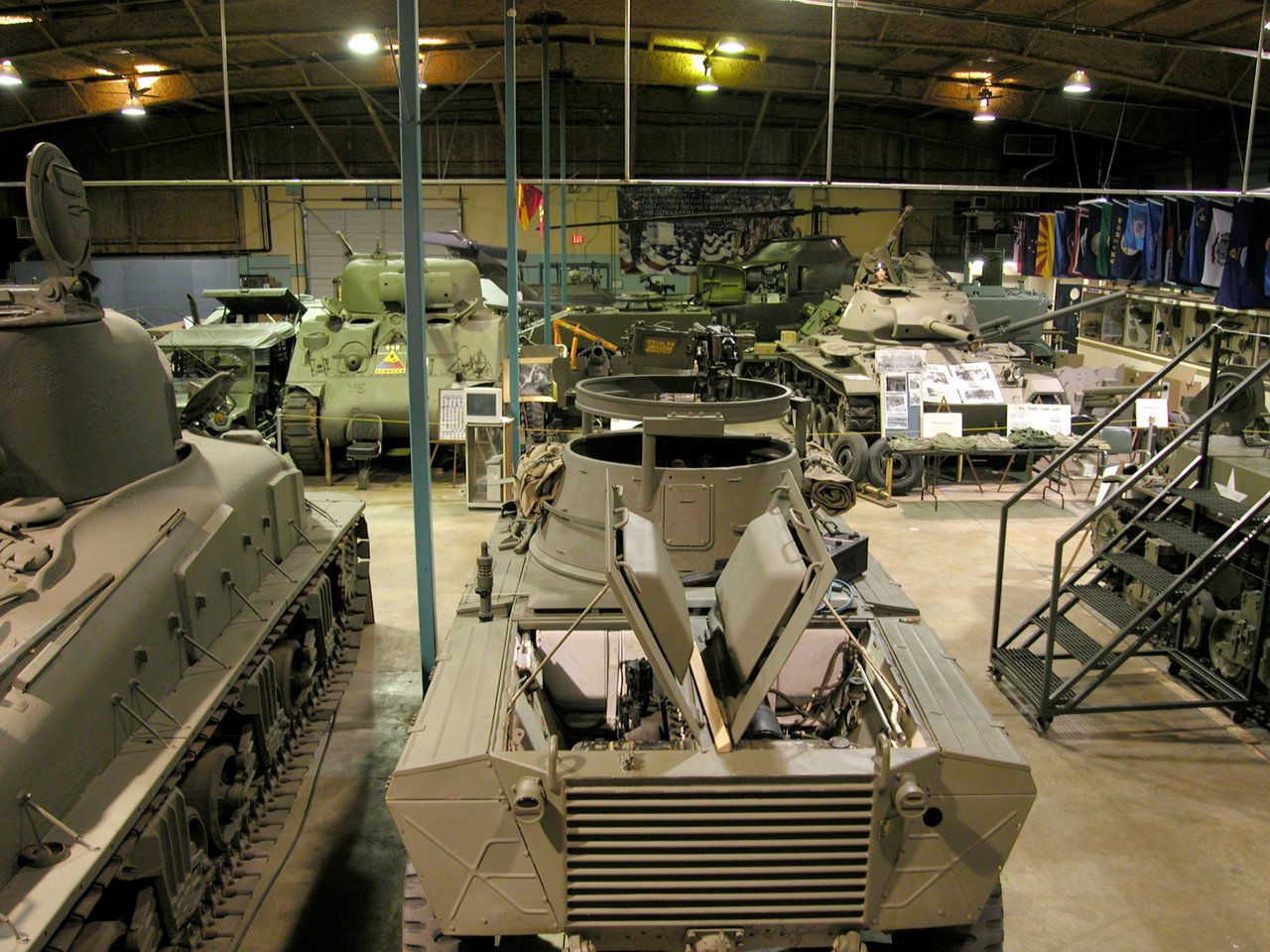The Moundsville Native American Festival Has Really Grown
The Moundsville Native American Festival is 30 years old in 2019 and is growing into one of the largest festivals of its type in the country.
It is held the first full weekend in October each year, hosts over 12,000 visitors annually, and has been listed as one of the top 20 tourism events in the State.
It has won numerous awards from several different venues including the Alabama Tourism Department, the West Alabama Tourism Awards, as well as from the Tuscaloosa Convention and Visitors Bureau.
It is held at the Moundsville Archaeological Park, which is located in both Tuscaloosa and Hale counties.
At this festival, more than 200 Native Americans as well as non-Native experts share their knowledge in several different areas.
These areas include demonstrations, performances, as well as presentations.
It primary focus is educating school children and draws students from both the States of Alabama and Mississippi to its shows.
The History of the Moundsville Native American Festival
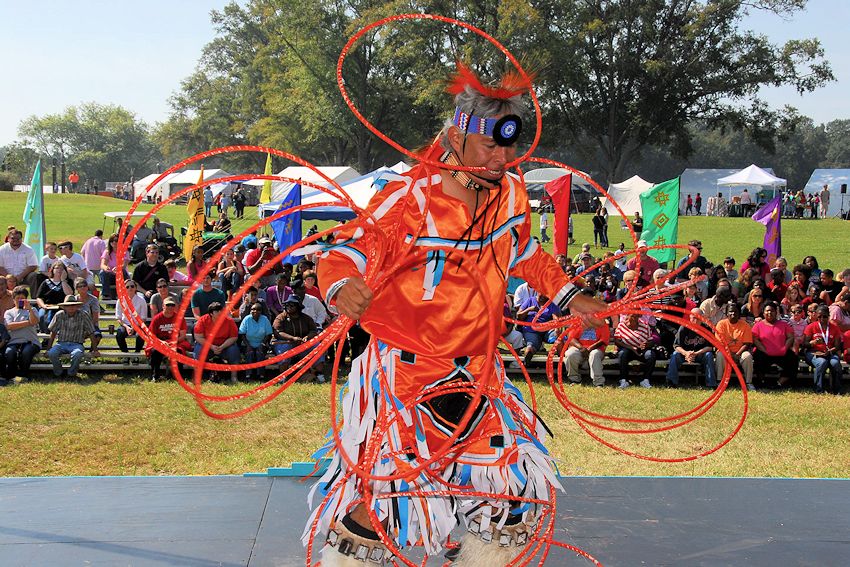 The Native American Stage At The Moundsville Native American Festival
The Native American Stage At The Moundsville Native American FestivalThe Moundsville Native American Festival first started in 1989, as part of the 15th anniversary of the Jones Archaeological Museum.
It had a very simple beginning, as when it first started it was a single circle of arts and craft vendors from several local Native American Tribes.
These tribes included the Poarch Band of the Creeks, the Mississippi Band of the Choctaw, and Chickasaw Nation, as well as the Echota Cherokees.
As it has grown, it has diligently tried to increase visitor’s knowledge of the various cultures and heritages from these various tribes.
It has also tried to tear down several of the inaccurate stereotypes about the lives of Native Americans, as well as their history.
One of its major goals is to both entertain as well as educate its visitors about its very rich and deep history of its Native people and has improved with time.
Most of the presentations at the first few festivals held were given by people not affiliated with these specific tribes but claimed to be of Native American ancestry.
However, that has all changed as it is now governed by the Moundsville Archaeology Park, and its presenters are carefully chosen.
These presenters are all Native Americans from the various local tribes and include artists and craftsmen who are very carefully screened and selected.
Because of this, they are able to communicate their local knowledge much better, and the visitors are encouraged to interact with them.
The Moundsville Native America Festival is considered to be sacred to several of the local tribes, especially the Creek and Cherokee, because of the park it is held in.
The Moundsville Archaeological Park is located on the banks of the Warrior River, which is located approximately 14 miles south of Tuscaloosa.
It covers over 300 acres of land that is considered sacred to these tribes and is home to more than 20 pyramid shaped earth mounds.
Most experts date these mounds to 1000-1550 AD, and also located in the park is the Jones Archaeological Museum.
This museum had more than 200 artifacts on display for this historical area and is considered one of the best museums of its kind in the country.
The museum also has several realistic life-sized figures of these early inhabitants, and during the festival, guides are stationed in key areas.
These guides help the visitors to understand both the history as well as the archaeology of both this sacred site as well as the museum.
However, perhaps the biggest draw to this growing festival is the “hands on activates’, as well as the performances that it presents.
The Main Attractions at the Moundsville Native American Festival
 The Living History Camp at The Moundsville Native American Festival
The Living History Camp at The Moundsville Native American FestivalThere are four major attractions at the Moundsville Native American Festival and they include the following.
- The Arts and Crafts Arbors
- The Living History Camp
- The Children’s Area
- The Native American Stage
The Arts and Craft Arbors
The first of the attractions is the Arts and Crafts Arbors, which is made up of eight brush arbors set in a rectangle.
This rectangle is set to look like a traditional Creek tribal town, which when they were fully operational, featured arbors that were erected.
These arbors held two distinctive purposes; to hold ceremonies, as well as to define the different classes in the Creek Town.
The Native American presenters in each of these arbors not only make arts and crafts, they explain how they are made and what they mean.
They include basketry, pottery, beadwork, finger weaving, metal working, as well as how the Native Americans made their bows and arrows.
Visitors can actually watch world class Native American bowman carving a wooden longbow, as well as watch them demonstrate how to us it.
They can also see how these Native Americans would throw a spear with the help of a special stick called an “atlatl.”
They can also see how these craftsmen made a hollow piece of cane into a deadly dart used for hunting, as well as how they made their arrowheads.
These expert demonstrators show visitors how they made pear and arrow points from rocks that also look like glass, as well as “flintknapping”
Flintknapping was used for centuries by Native Americans before forged metal was invented.
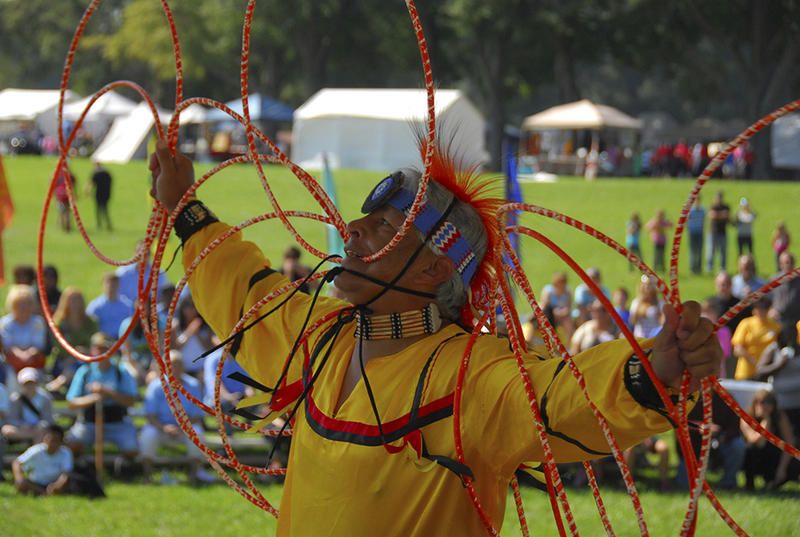 The Moundsville Native American Festival
The Moundsville Native American FestivalThe Living History Camp
The Living History Camp is the next attraction at the Moundsville Native American Festival, and it is set up to resemble a hunting camp.
This hunting camp shows the visitor how Native Americans prepared food they ate during the late 17th and early 18th century.
This food includes wild game they would kill, several types of wild plants, as well as corn, beans and squash they would grow.
It also demonstrates items that they would make to trade with and includes deer hides, beads, as well as other metal goods.
It also brings the visitors into their living world by the use of smell, sights, and sounds that were found in these camps.
The presenters are dressed in the clothing from those periods and help to explain why the fur trade was so important to them during these times.
The Children’s Area
The next attraction at the Moundsville Native American Festival is the Children’s area, where children can experience what life was like to the Natives.
They can try of clothes from those time frames, as well as make their own beads and paint their own faces.
They can also play games the Native’s used to play like stickball, Indian football, and perhaps the most popular, “Tribal Twister”.
This game features a large painted map of the North American continent and highlights the homelands of the various tribes.
The Native American Stage
The final attraction at the Moundsville Native American Festival is the Native American Stage, which features dancers, storytellers, as well as musicians.
Here you can listen to the heartbeat of the music they played on their drums and rattles, as well as listen to some of their music with flutes.
Some of these performers have included Mary Youngblood, who was a Grammy Award winning flutist.
This attraction when blended with the amazing storytelling, is almost spell binding to new visitors.
This festival, although it is its 30th year, is still one on the best kept secrets in Alabama, and it is a great day trip for you and your family.
References
https://moundville.museums.ua.edu/moundville-native-american-festival/
The Best Kept Secrets In Alabama

Alabama Gift Store
Numerous Items for You and Your Family to Enjoy
See it here at the Gift Store
Copyright 2019-2023 Alabamabackroads.com
All Rights Reserved
